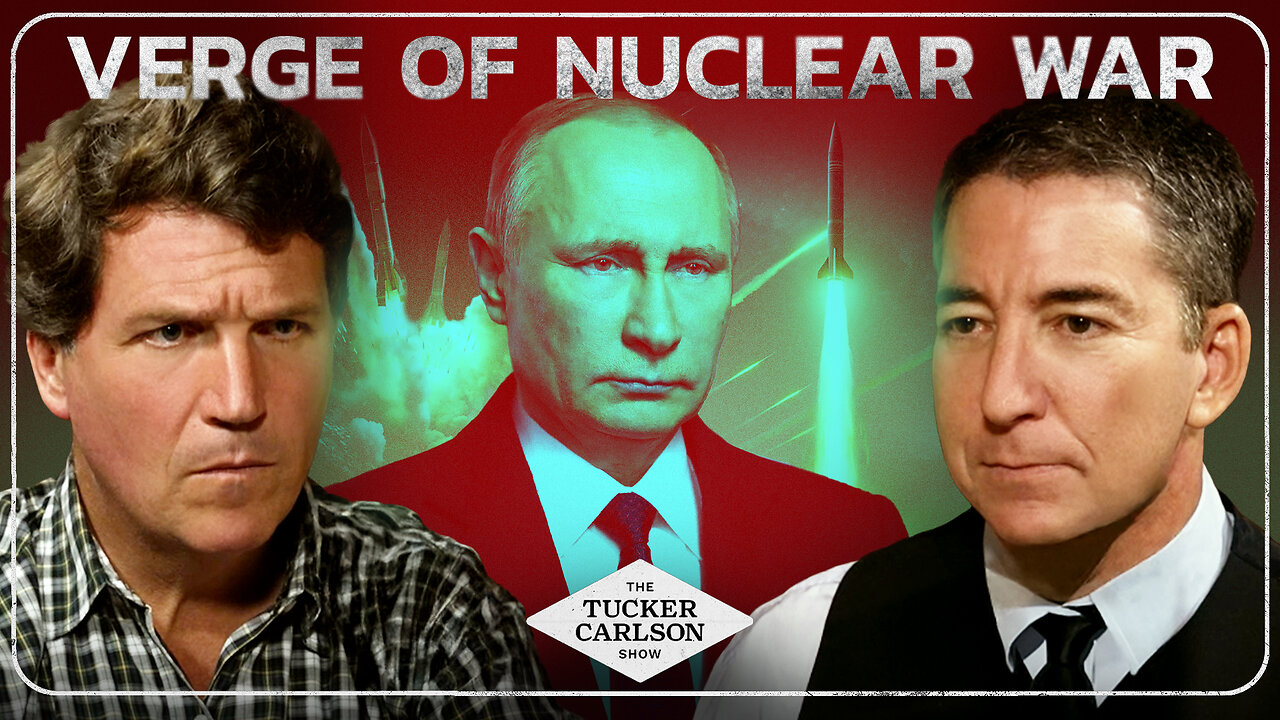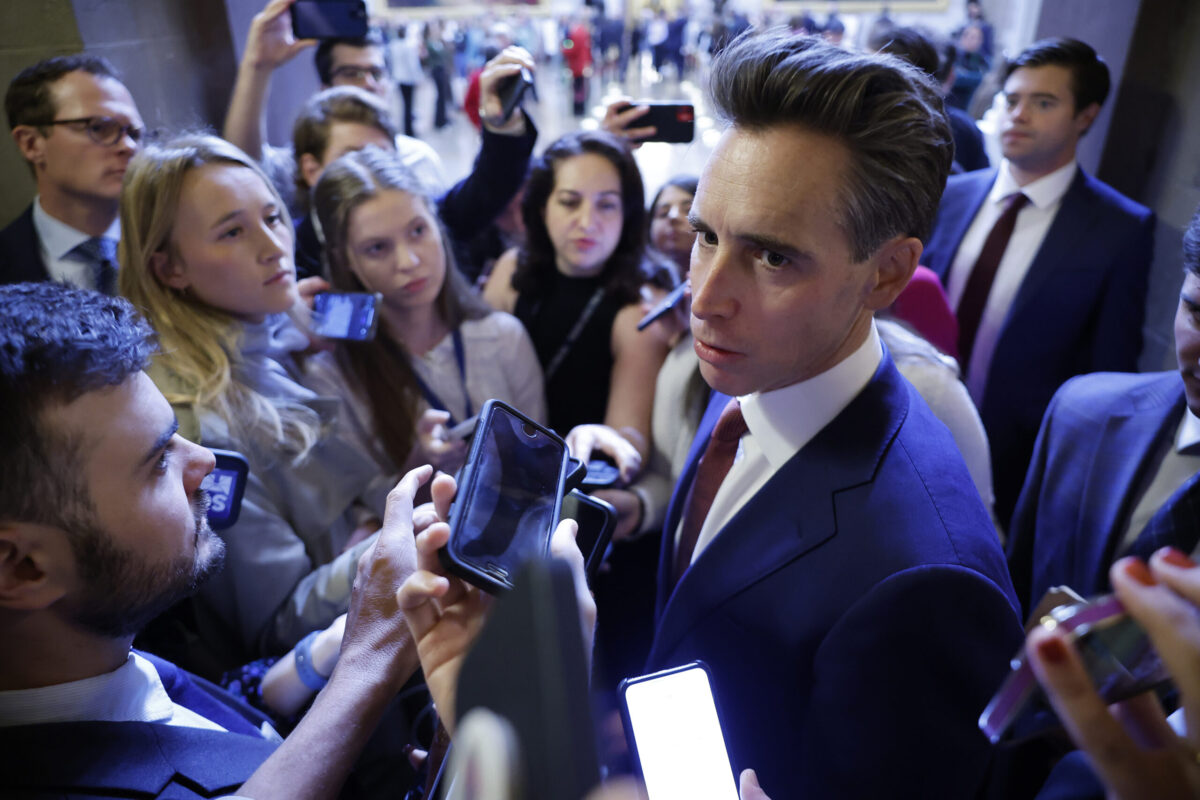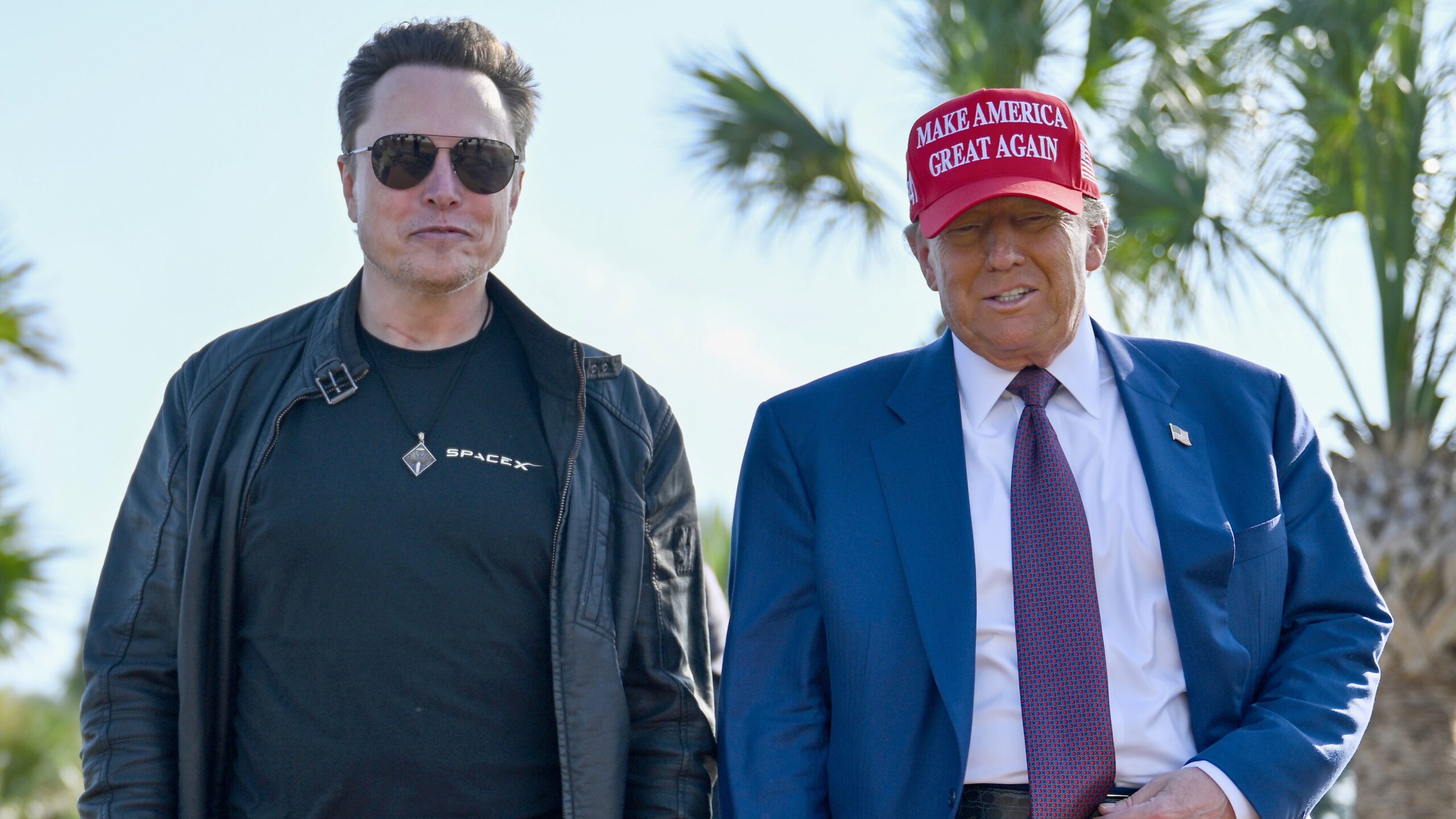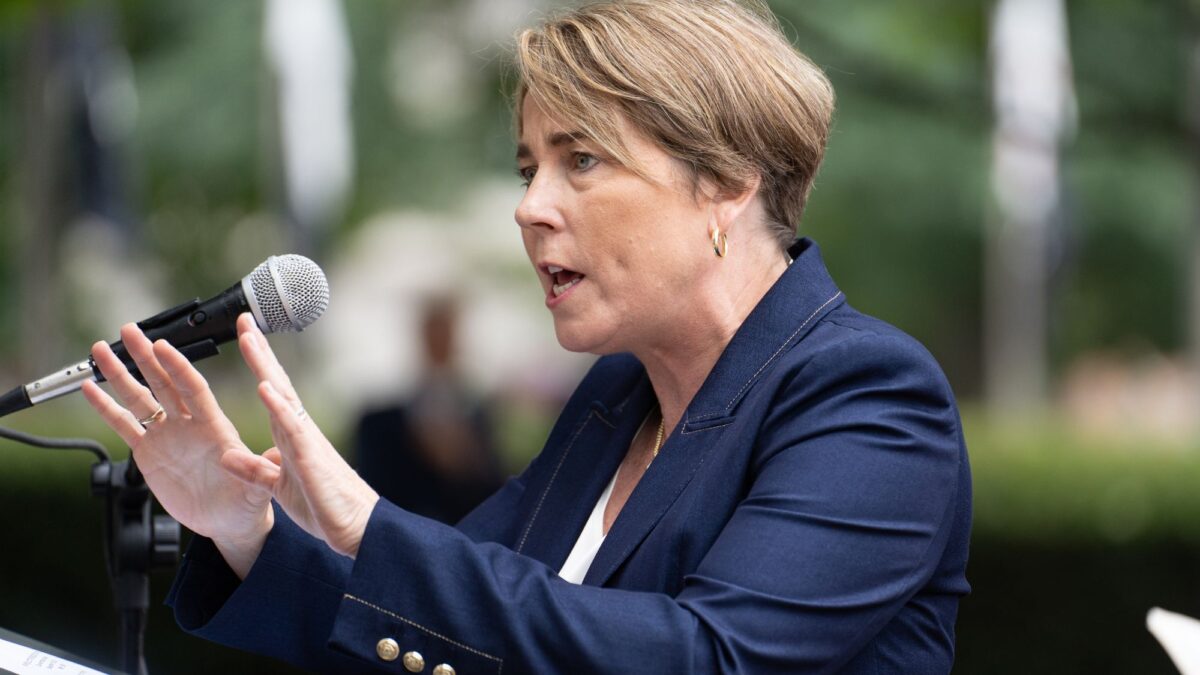Why this industrialized nation had to return to fossil fuels when wind, solar failed
'Ephemeral renewables simply can't' provide the consistent energy supplies that are required



At the dawn of the millennium, Germany launched an ambitious plan to transition to renewable energy. “Die Energiewende” initiated a massive expansion of solar and wind power, resulting in a commendable 25 percent reduction in carbon emissions by 2022 compared to 2002.
But while Energiewende slashed pollution through building out renewable energy sources, it also phased out Germany’s fleet of safe, carbon-free nuclear power plants, a longtime goal of environmental activists afraid of nuclear’s salient – but in actuality small – dangers. The result, according to a new analysis recently published to the International Journal of Sustainable Energy, has been a boondoggle for consumers and for the environment.
In 2002, nuclear power supplied about a fifth of Germany’s electricity. Twenty-one years later, it supplied none. A layperson might think that cheap wind and solar could simply fill the gap, but it isn’t so simple. Once up and running, nuclear reactors provide reliable, affordable “baseload” power – electricity that’s available all the time. Ephemeral renewables simply can’t match nuclear’s consistency. And since an advanced economy like Germany’s requires a 100 percent reliable power grid, fossil fuel power plants burning coal and natural gas were brought online to pick up wind and solar’s slack.
The net result of German politicians’ shortsightedness in phasing out nuclear power is a vastly pricier grid. The new analysis shows that if Germans simply maintained their 2002 fleet of reactors through 2022, they could have saved themselves roughly $600 billion Euros. Why so much? Well, in addition to their construction costs, renewables required expensive grid upgrades and subsidies. Moreover, in this hypothetical scenario where nuclear remained, Germany enjoyed nearly identical reductions in carbon emissions.
Jan Emblemsvåg, a Professor of Civil Engineering at Norway’s NTNU and the architect of the analysis, imagined another scenario out of curiosity. What if the Germans had taken the money spent on expanding renewables and instead used it to construct new nuclear capacity? According to his calculations, they could have slashed carbon emissions a further 73% on top of their cuts in 2022, while simultaneously enjoying a savings of 330 billion Euros compared to the massive costs of Energiewende.
Policymakers in other countries looking to decarbonize their grids should take note.
SUPPORT TRUTHFUL JOURNALISM. MAKE A DONATION TO THE NONPROFIT WND NEWS CENTER. THANK YOU!
Originally Published at Daily Wire, World Net Daily, or The Blaze
What's Your Reaction?
































































































